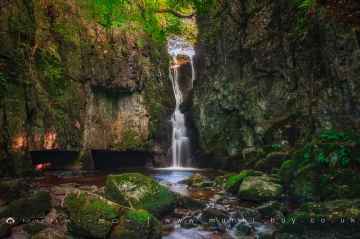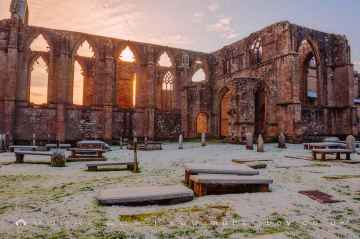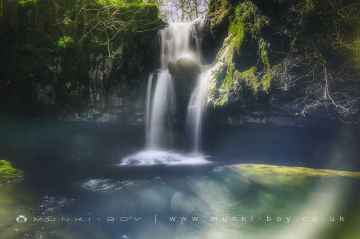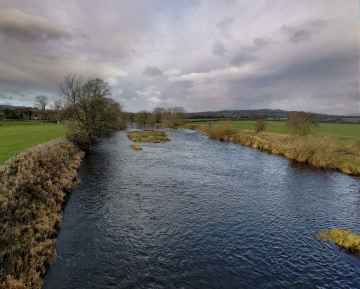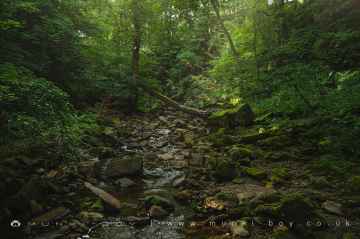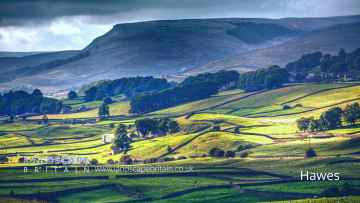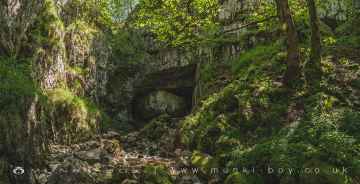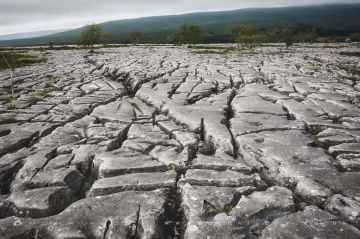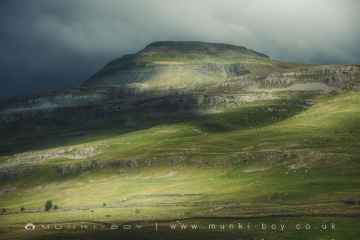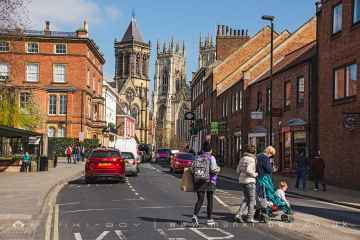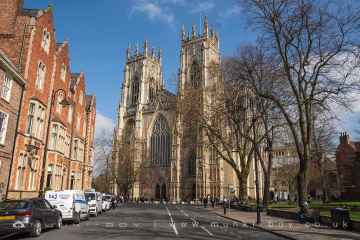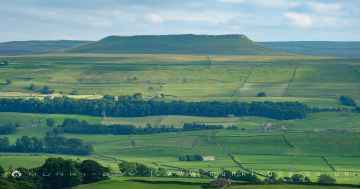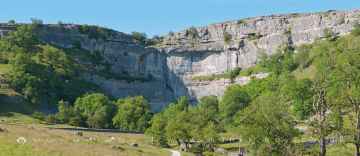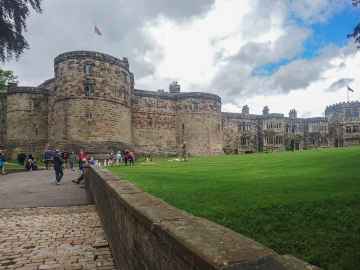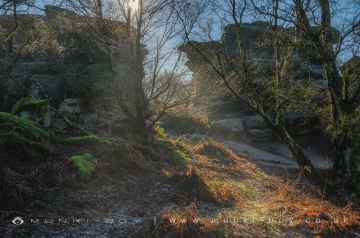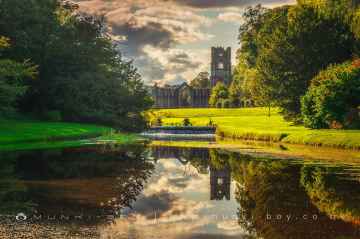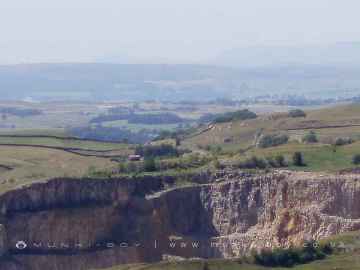Easingwold
Easingwold is a Town in the county of North Yorkshire.
There are great places to visit near Easingwold including some great waterfalls, ruins, historic monuments, hiking areas, villages, rivers and streams, towns, caves, limestone pavements, mountains, cities, historic buildings, hills, geological features, castles, old mines, country parks, parks, gardens and ancient sites.
Easingwold's best nearby waterfalls can be found at Catrigg Force, Lockin Garth Force, Whitfield Gill Force, Slape Wath Waterfall, Mill Gill Force, Cotter Force, and Aysgill Force.
The area around Easingwold boasts some of the best ruins including Bolton Abbey, Byland Abbey, Norton Tower (ruin), Easby Abbey (ruin), Fountains Abbey and Studley Royal Water Garden, Fountains Abbey (ruin), and Trig Point on Warrendale Knotts.
The area around Easingwold boasts some of the best historic monuments including Bolton Abbey, Rylstone Crag and Rylstone Cross, Culloden Tower, and Robin Hood's Well (Fountains).
The area around Easingwold features a number of interesting hiking areas including Deepdale, Cotterdale, Southerscales, Ingleton Waterfalls Trail, Swilla Glen, Baxenghyll Gorge, and Raven Ray.
There are a several good villages in the Easingwold area like Pool-in-Wharfedale, Askrigg, Hardraw, West Burton, Bainbridge, Aysgarth, and Malham.
The area around Easingwold boasts some of the best rivers and streams including Whitfield Beck, Mill Gill, Hardraw Beck, River Wharfe, and Walden Beck at West Burton.
Hawes, Skipton, Grassington, Richmond, Middlesbrough, Harrogate, and Settle are some of Easingwold best towns to visit near Easingwold.
The area around Easingwold boasts some of the best caves including Great Douk Cave, White Scar Cave, Yordas Cave, Gaping Gill, Janet's Cave, Horseshoe Cave, and Jubilee Cave.
There are a several good limestone pavements in the Easingwold area like Southerscales, Malham Cove, and Warrendale Knotts Limestone Pavement.
The area close to Easingwold boasts some of the best mountains including Ingleborough.
The area around Easingwold boasts some of the best cities including York, and Ripon.
York Minster, Marton House, Norton Tower (ruin), Church of St Peter - Rylstone, Culloden Tower, and Beggar’s Bridge are great places to visit near Easingwold if you like historic buildings.
The area around Easingwold boasts some of the best hills including Addlebrough, Embsay Crag, Rylstone Crag and Rylstone Cross, Warrendale Knotts, Giggleswick Scar, Blua Crags, and Sugar Loaf Hill.
There are a number of geological features near Easingwold including Malham Cove, Grassington Lead Mines, and Brimham Rocks.
Skipton Castle, Richmond Castle, and Bolton Castle are great places to visit near Easingwold if you like castles.
The area close to Easingwold boasts some of the best old mines including Grassington Lead Mines.
Brimham Rocks is a great place to visit close to Easingwold if you like country parks.
Parks to visit near Easingwold include Fountains Abbey and Studley Royal Water Garden, Fountains Abbey (ruin), and Studley Royal Water Garden.
There are a several good gardens in the area around Easingwold like Fountains Abbey and Studley Royal Water Garden.
Schoolboys Tower, Jubilee Cave, and Victoria Cave are great places to visit near Easingwold if you like ancient sites.
Easingwold History
There are some historic monuments around Easingwold:
Places to see near Easingwold
History of Easingwold
The town is mentioned in the Domesday Book as “Eisicewalt” in the Bulford hundred. At the time of the Norman conquest, the manor was owned by Earl Morcar, but subsequently passed to the King. In 1265 the manor was passed to Edmund Crouchback by his father, Henry III. The manor was caught up in the dispute between the 2nd Earl of Lancaster and Edward I and the manor passed back to the crown following the Battle of Boroughbridge in 1322 which resulted in the execution of the Earl at Pontefract. The manor was restored to the Earl’s brother some six years later, but he left no male heir, so the lands passed to his son-in-law, John of Gaunt in 1361. The lands were next granted to his son-in-law, Ralph Neville. Following the War of the Roses, the lands were declared forfeit to the Crown until 1633, when they were granted to Thomas Belasyse and subsequently became the possession of the Wombwell family.


















